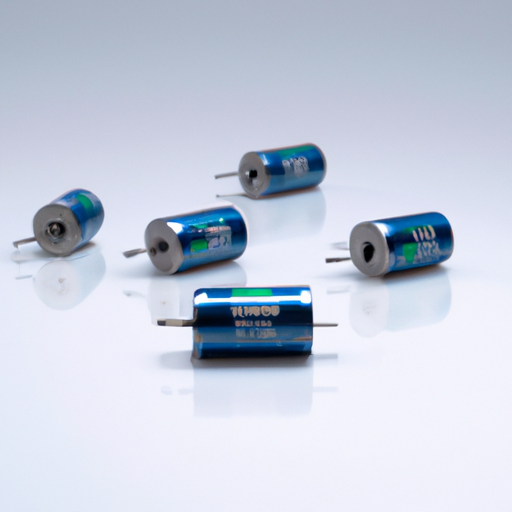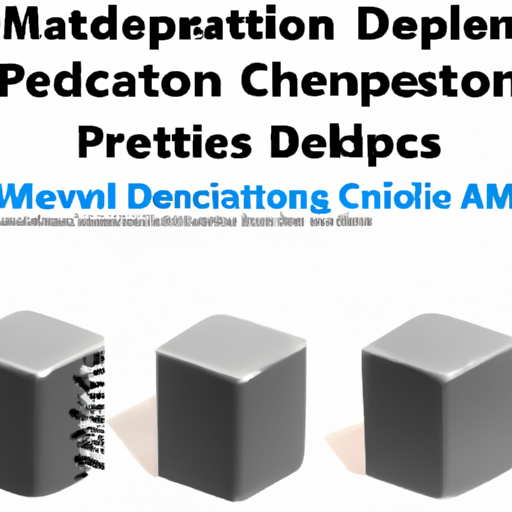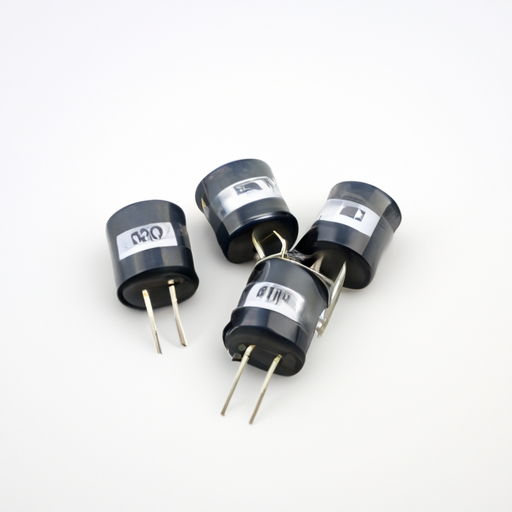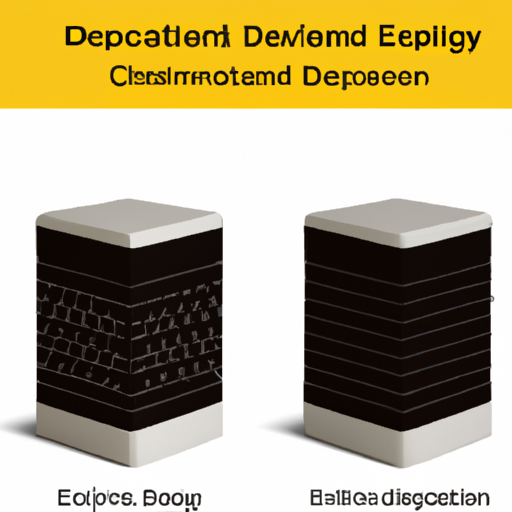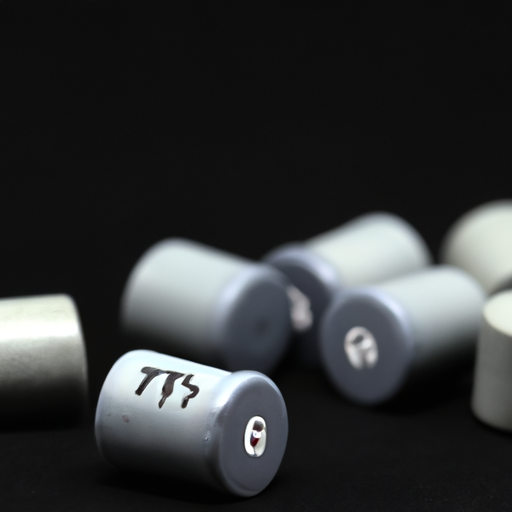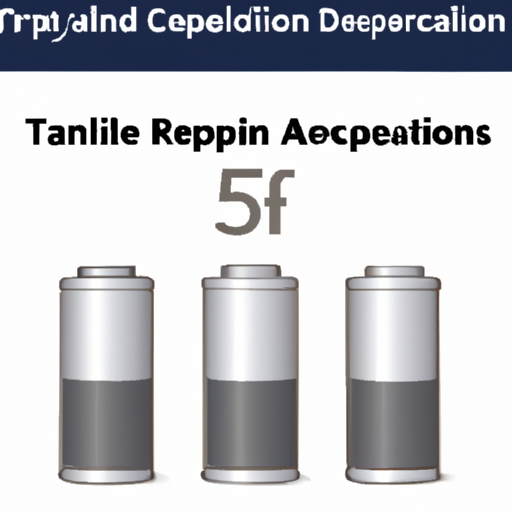CFR-25JB-52-1K1 Film Capacitors highlighting the core functional technology articles and application development cases of Film Capacitors that are effective.
System
Apr 28
0
Core Functional Technologies of Film Capacitors1. Dielectric Material: Film capacitors utilize thin plastic films as dielectric materials, such as polyester (PET), polypropylene (PP), and polycarbonate (PC). These materials provide high insulation resistance and low dielectric losses, making them suitable for high-frequency applications.
2. Low ESR and ESL: Film capacitors exhibit low equivalent series resistance (ESR) and equivalent series inductance (ESL), which are critical for high-frequency applications. This characteristic allows them to perform well in filtering and decoupling applications. 3. Temperature Stability: Film capacitors maintain stable capacitance values over a wide temperature range, making them suitable for applications in harsh environments. They typically have a temperature coefficient that ensures minimal drift in capacitance with temperature changes.
4. High Voltage Ratings: Many film capacitors can handle high voltage applications, making them ideal for power electronics, motor drives, and other high-voltage circuits.
5. Long Lifespan: Film capacitors are known for their long operational life and reliability, often exceeding 100,000 hours in continuous operation. This longevity reduces maintenance costs and enhances system reliability.
6. Self-Healing Properties: In the event of a dielectric breakdown, film capacitors can self-heal, meaning that they can recover from minor faults without permanent damage, which is a significant advantage over electrolytic capacitors.
Application Development Cases1. Power Electronics: Film capacitors are extensively used in power supply circuits, inverters, and converters. For instance, in renewable energy systems like solar inverters, film capacitors help in smoothing out voltage fluctuations and improving overall efficiency.
2. Audio Equipment: High-fidelity audio systems often utilize film capacitors for coupling and bypass applications. Their low distortion and high-frequency response make them ideal for maintaining audio quality in amplifiers and signal processing equipment.
3. Motor Drives: In variable frequency drives (VFDs), film capacitors are used for DC link applications. Their ability to handle high ripple currents and voltages makes them suitable for improving the performance and efficiency of electric motors.
4. Telecommunications: Film capacitors are used in RF applications, such as filters and oscillators, due to their low loss characteristics. They help in maintaining signal integrity and reducing noise in communication systems.
5. Consumer Electronics: In devices like televisions and computers, film capacitors are used for power supply decoupling and filtering. Their reliability and performance contribute to the overall stability and efficiency of these devices.
6. Lighting Applications: In LED drivers and fluorescent lighting, film capacitors are used for power factor correction and filtering. Their high voltage ratings and low losses help improve the efficiency of lighting systems.
ConclusionThe CFR-25JB-52-1K1 film capacitor exemplifies the advanced technology and versatility of film capacitors in various applications. Their unique properties, such as low ESR, high voltage ratings, and self-healing capabilities, make them an effective choice for a wide range of electronic applications, from power electronics to consumer devices. As technology continues to evolve, the demand for reliable and efficient capacitors like the CFR-25JB-52-1K1 will only increase, driving further innovation in the field.
Future TrendsAs the electronics industry continues to advance, several trends are emerging that may influence the development and application of film capacitors:
1. Miniaturization: As devices become smaller and more compact, the demand for smaller capacitors with high performance will increase. Film capacitors are already being designed to meet these requirements without compromising on performance.
2. Sustainability: There is a growing emphasis on environmentally friendly materials and manufacturing processes. Future developments may focus on using biodegradable or recyclable materials in film capacitors.
3. Smart Technologies: The rise of IoT and smart devices will require capacitors that can handle higher frequencies and more complex power management tasks. Film capacitors will play a crucial role in these applications.
4. Enhanced Performance: Ongoing research into new dielectric materials and manufacturing techniques may lead to film capacitors with even better performance characteristics, such as higher capacitance values and improved thermal stability.
By leveraging these trends, manufacturers can continue to innovate and improve the functionality and applicability of film capacitors like the CFR-25JB-52-1K1, ensuring they remain a vital component in modern electronic systems.
Read more

